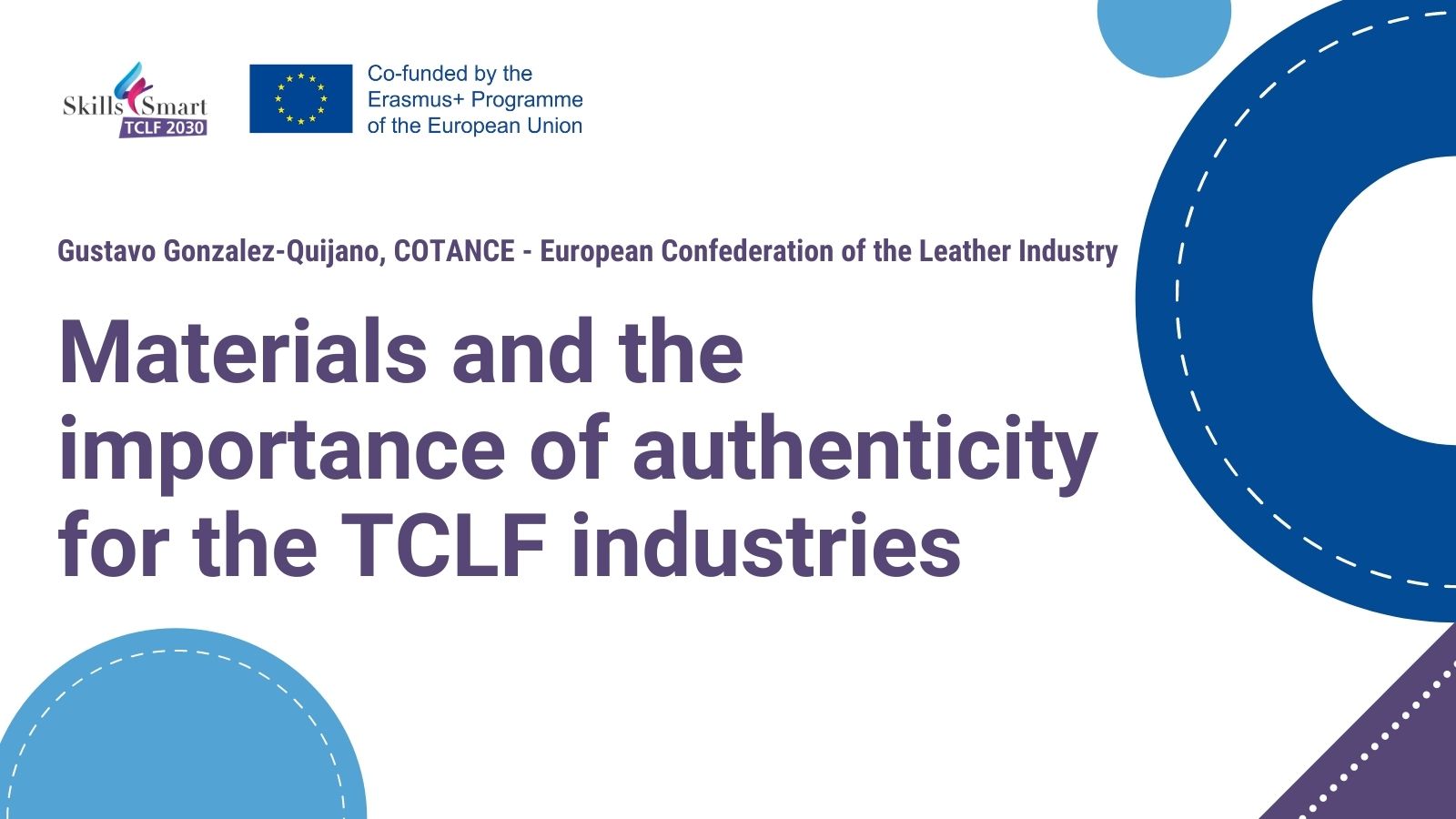Wool, alpaca, cashmere, mohair, silk, cotton, flax (or linen) or hemp and cellulose acetate, modal, viscose, lyocell, polyester. Natural or synthetic. These are just some of the fibres listed in Annex I of the EU Regulation on textile names and labelling (Regulation (EU) 1007/2011).
Regarding footwear, the designations are limited to four:
- Leather
- Coated leather
- Textiles
- and ‘all other materials’
With the latter defined in the EU Footwear labelling Directive (Directive 94/11/EC).
What all these names have in common? It’s the legal obligation to be used appropriately in the designation of the materials that make up textile products or shoes placed on the EU market.
Call a spade a spade
How does it look like in practice? The word ‘pure’ should only be used where the garment is made up of only one fibre. The word ‘silk’ cannot be used to describe the texture of any other fibre – for example, ‘silk acetate’ is not permitted. Also, the term “leather” cannot be used for designating any material that is not made of the tanned skin of an animal. Using the term leather in association with artificial products (synthetic but also vegan leather) not corresponding to reality, is not conform to regulations in Europe, and it may lead to a deception of brands’ or manufacturers’ customers.
Only listed names can be used, as appropriate, for designating textile fibres and footwear materials. These names are those referred to in the corresponding Annex of the EU Regulation on textile names and labelling (Regulation (EU) 1007/2011) or the EU Footwear labelling Directive (Directive 94/11/EC). It is the responsibility of the manufacturer or importer into the EU to ensure that textile and footwear products carry a durable, easily legible, visible, and accessible label.
The importance of labelling
EU rules require such labels to indicate the fibre content for textiles or the material composition of the upper, lining, and sole of shoes. If a product consists of two or more components with different fibre or materials, the content of each must be declared in order of importance and percentage share in the final product. Failure to conform to these obligations exposes operators to fines and penalties, and it’s a fundamental customer right to know what the product he or she is buying is made of.
Using adequate vocabulary is not trivial. TCLF operators know that the authenticity rules for fibres and materials are the key to the competitiveness of textiles and leather value chains on both European and global level. Moreover, its impact includes the trust of consumers in the products they buy and the loyalty to the brands they follow. And trust has to do with honouring the expectations of the people built over time based on experience.
Lack of precision leads to customers’ confusion over the meaning of fibres and textiles, which in consequence leads to their loss of trust, but also devaluation of the materials in their eyes and further consequences of the TCLF manufacturers and brands.
Cultural pride and identity
A sectors’ terminology is also an important cultural feature. Fibre names, such as cotton or lyocell, and material denominations, such as woven or knitted textiles, fur, nappa, or suede leather, correspond to innovations in the craft, expanding the universe of the industry and constituting the industrial heritage built up over time.Losing authenticity would be tantamount to losing ones’ identity.
Gustavo Gonzalez- Quijano – COTANCE


